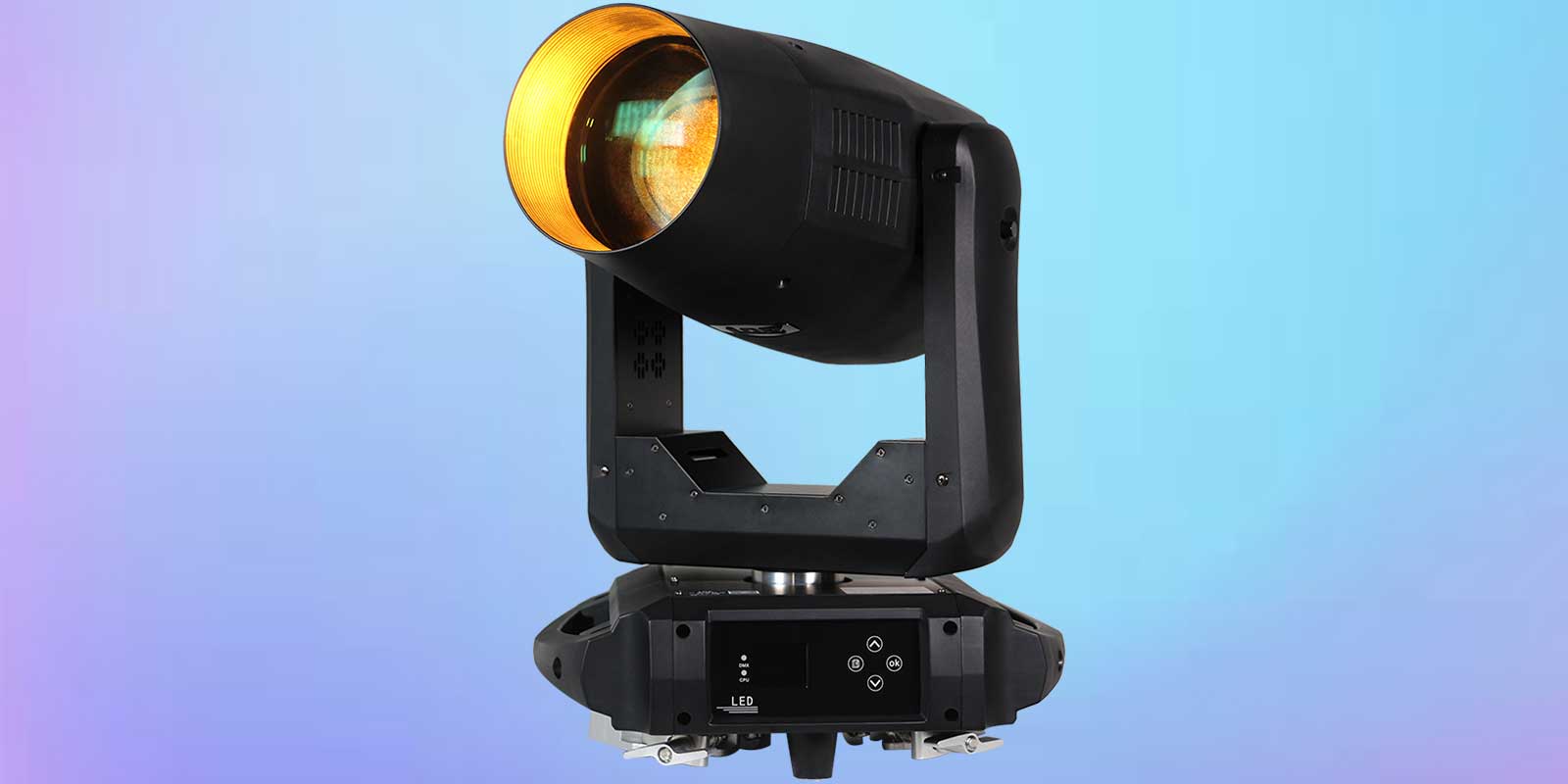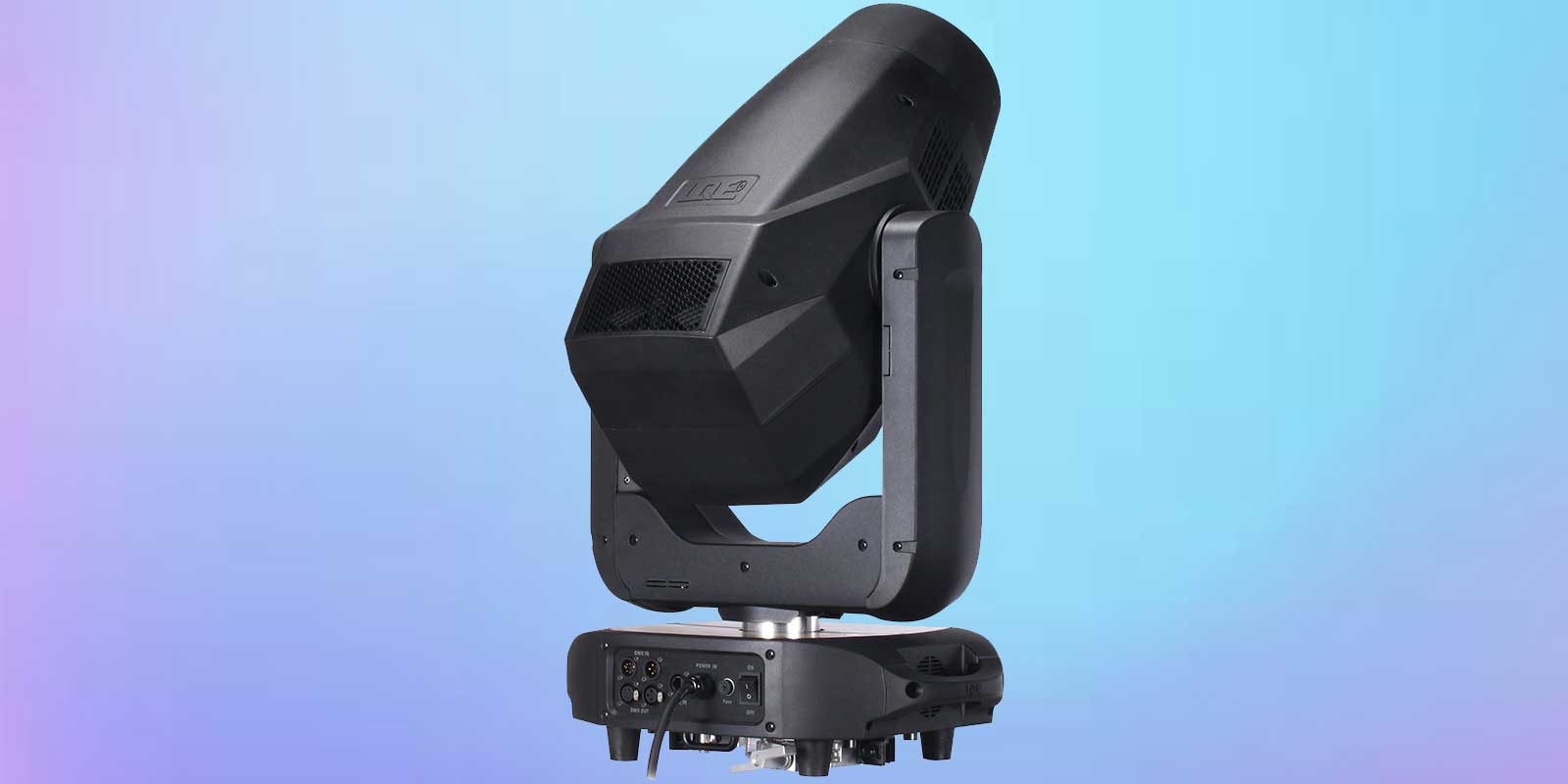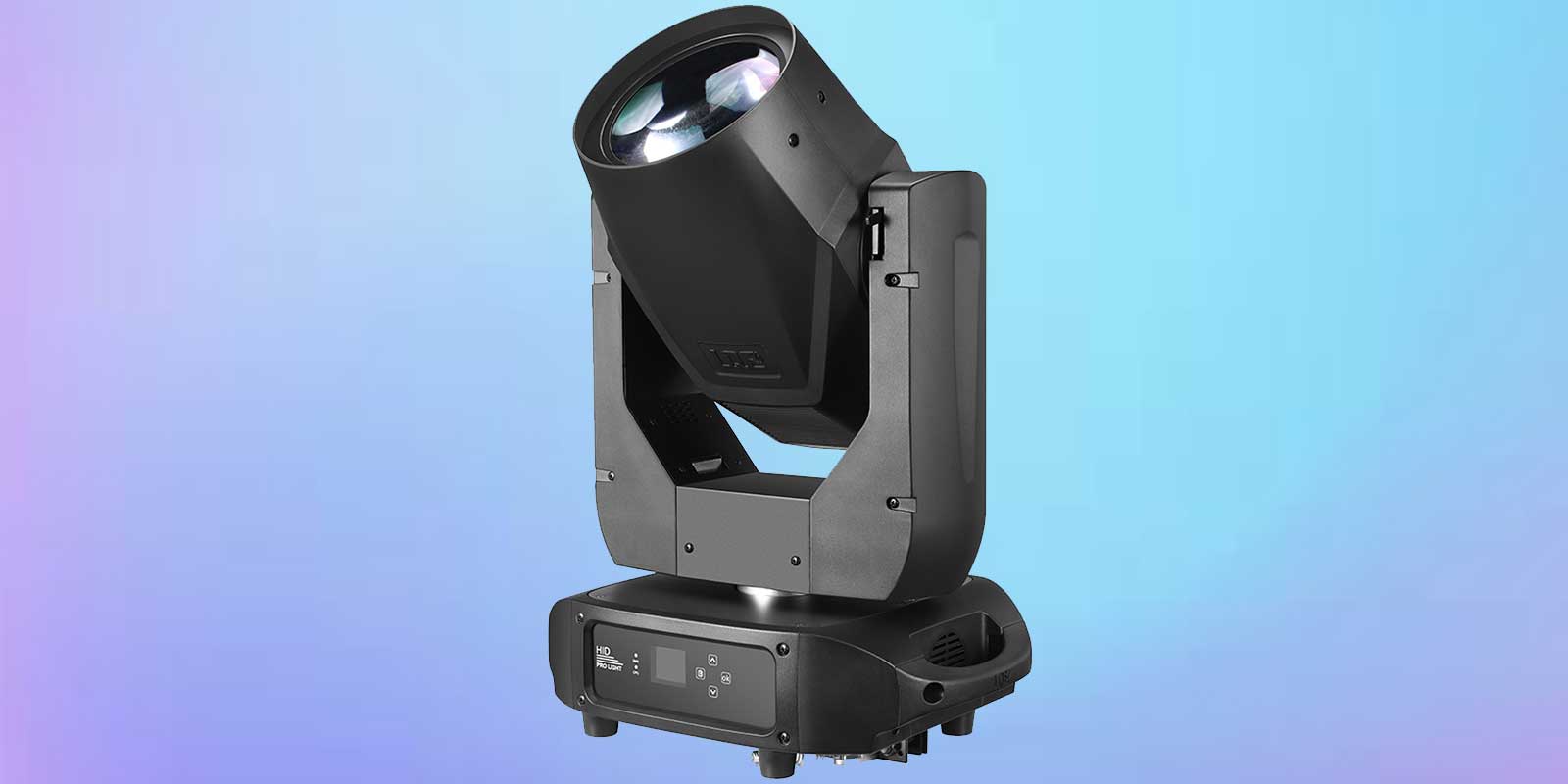How to Choose Moving Lights
How to Choose a Stage Moving Lights
Today, Hugo Lee, product engineer for LQE stage lighting equipment factory, will present a basic introduction to moving lights today for individuals who are interested in learning more about the numerous moving lights that are available. He conducted study on every fixture that was offered to them and categorized each one into the following 5 groups: Spot/Profile, EFX, Wash and Hybrid. Check out the comprehensive comparison charts of each category at the end of the article. The charts show you an easy method to decide which moving light will do the best for your event or show, from lumen output to price.
What Purpose Is It Serving?
You’re interested in renting or purchasing a moving light fixture, however you’re not sure where to begin. Moving lights come in a wide variety of types, prices, and brands, but let’s start with the fundamentals before we look at that: What and where are you utilizing it for?
Live Show
In the field of live events, such as concerts, music festivals, nightclubs, and even churches, moving lights are commonplace. The first consideration should be the size of your arena, as this will directly affect the throw distance. As a result, the amount of light the fixture will need to provide will depend on the size of the venue. Furthermore, it’s crucial to consider the level of durability you require from your moving light fixtures, paying close attention to the duration of the production and how frequently it switches locations. Effects are crucial while designing looks for your events, to sum up. Do you prefer really bright or slightly more understated looks?
All things to bear in mind when deciding whether to buy or rent moving lights for live big shows.
Theatre
Since DJ moving lights are versatile, theater companies prefer to own and employ them. With a moving light, this brings several difficulties and demands. You can use a range of features to offer you the tools you need to stage the ideal moment. You may get a range of textures for your theatrical wash or scenic objects, for instance, by using gobo and animation wheels. The capacity to design precisely is provided by framing shutters. When employing incandescent and other sophisticated fixtures, it’s also crucial to consider the Color Rending Index (CRI) value.
TV
The CRI is a crucial factor in the worlds of film and tv that deserves special consideration. Making people seem nice on camera should be your top focus, and skin tones are directly impacted by color temperature. While trying to balance white, it’s crucial to keep in mind that your audience will be viewing your design through a camera lens.
Instalations Indoor and Outdoor
The use of DJ moving lights in installations both inside and outside was our final focus. Will it be an interior or outdoor installation are a few crucial aspects to take into account. You must at least utilize IP65 rated fixtures if the lights will be used outside or in damp situations. You should also take your available power into account when putting fixtures in a structure. Although they might not be as brilliant, LED lighting use less energy than lamped lamps. All of these issues need to be taken into account for architectural installations.
Moving lights can be used in a wide variety of situations, but these are just few of to get you started considering what you would like from yourstage DJ moving light.
Regulation of Moving Lights
Look at the manufacturer, light vs. LED, pricing range, and fixture type as some ways to focus your search.
Wash, beam, and spot/profile are the three major types of DJ moving lights that manufacturers produce. While the profile/spot as well as the wash typically have the same beam angle as the other two lights, beam moving lighting supply the narrowest beam angle. While wash fixtures always have a gentle edge, spot/profile fixtures might have a harsh edge.
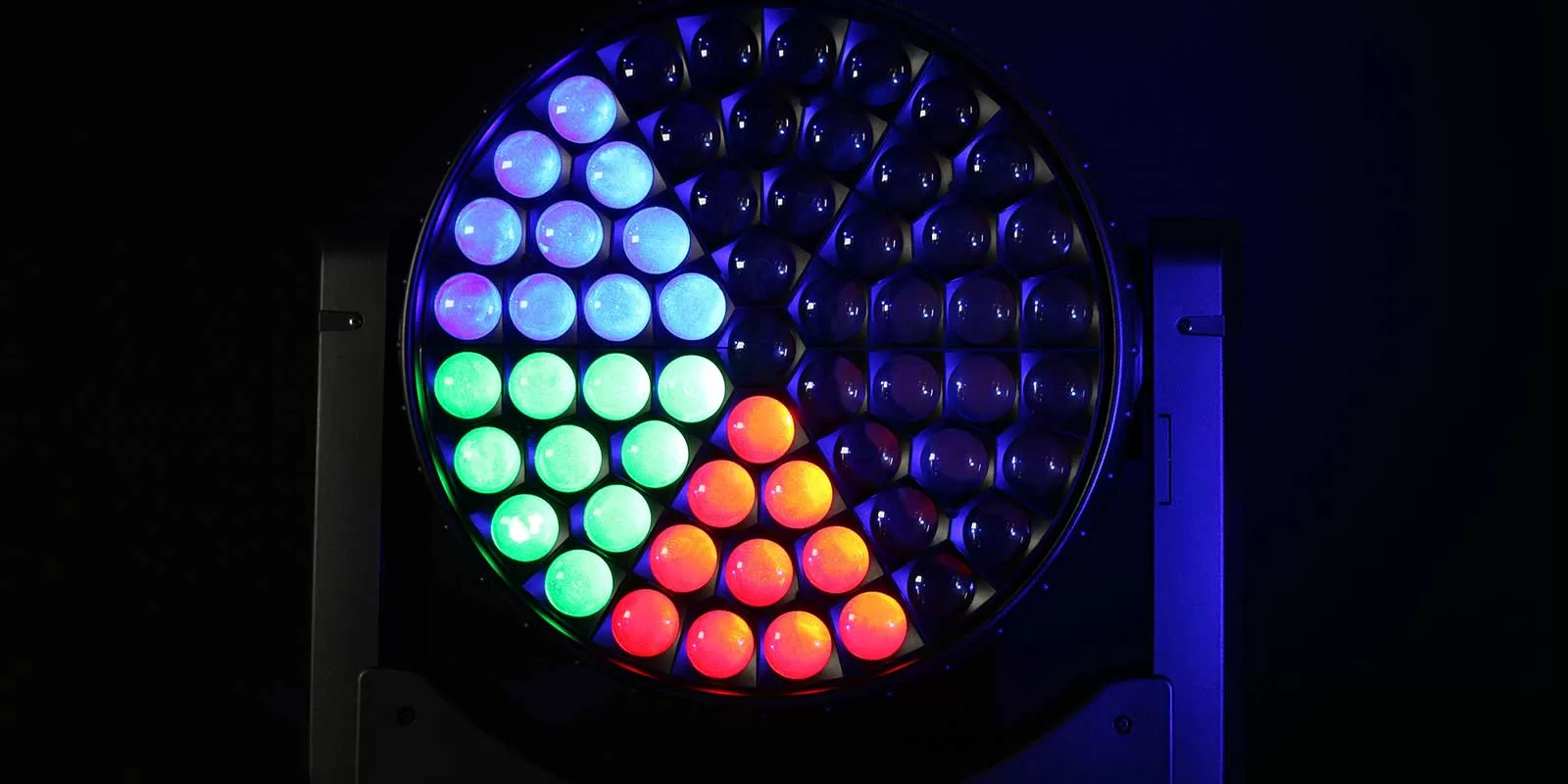
LW1000
Spot: Often comes with one or two gobo wheels, an iris, and many will also feature an animation wheel. It typically has a hard edge than a wash. Highlighting certain items, following spots, or applying a broad texture to spaces are examples of typical uses.
LS400
Spot vs. profile: The distinction between the two is typically determined by the manufacturer’s naming scheme. The profile generally has the same advantages and applications as a spot, but forgoes the additional gobo wheel in place of framing shutters.
LX1000P
Beam: Produces a narrow, laser-like light beam that travels across the air. Their non-tapered, distinctive beam is frequently employed in live events.
Has a softer edge than your spot or beam and lacks the exact beam control options. They are often utilized when a significant area has to be lit.
LB380
Hybrid: This light combines a variety of beam, wash, and spot/profile designs. As compared to a fixture with a single primary function, it won’t be the powerful spot, wash, or beam lighting fixture because of its versatile design.
Effects: Although there are many various kinds of effect lighting, for the sake of this article, we divided them into groups based on their capacity for individual pixel control, 360° pan and/or tilt, or distinctive built-in effects. When you wish to see the stage light fixture itself rather than its output, they are typically used.
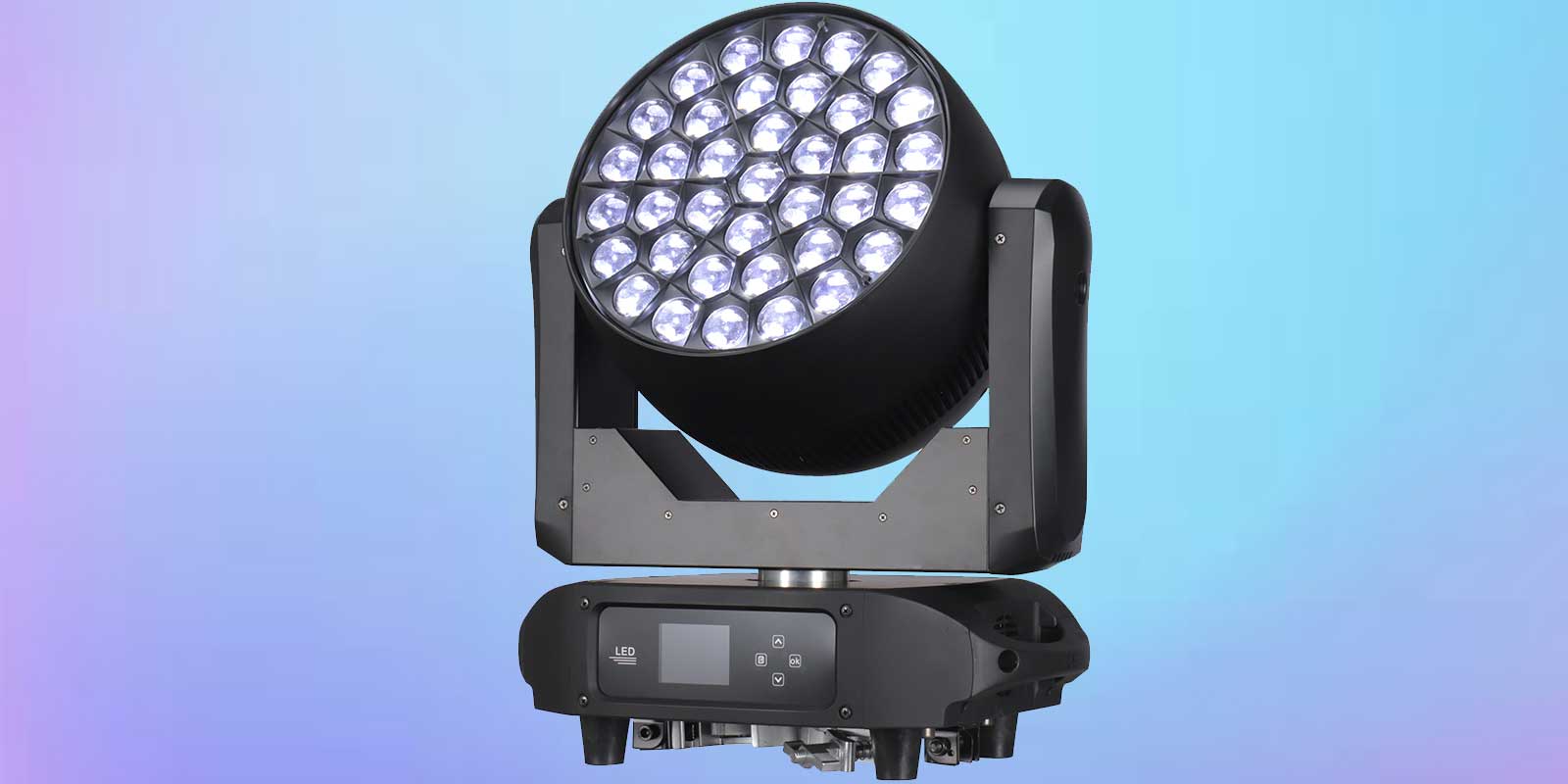
LW800
Various stage light information will continue to be shared with you guys in the future. Please pay attention to LQE blog. If you have any questions about the stage lighting industry, We will try our best to answer all friends once mail received. Please contact hugo@lqelighting.com.


